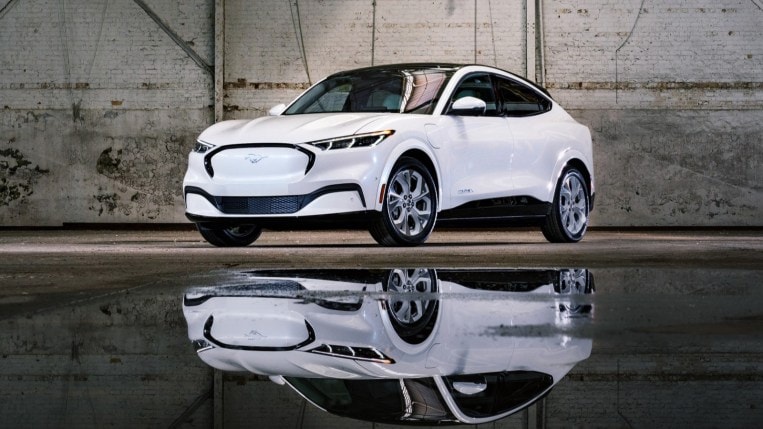
When people buy vehicles, they choose white cars more than any other color. But does that mean white cars have higher policy rates in the United States ? credibly not .
Most of the time, your indemnity company won ’ t even know your car ’ randomness color. But other features might affect your rates alternatively .
Does the Color of Your Car Affect Your Insurance Rates?
not normally. When you buy a car, your insurance company credibly won ’ t even know what color car you drive.
“ They don ’ deoxythymidine monophosphate ask. They don ’ thymine know if it ’ south argent, empurpled, or loss, ” says David Miller, vice president of The Plexus Groupe, a home policy brokerage based in Illinois .
RELATED STORIES: What are the Best Car Colors to Buy?
What they will ask for is your vehicle recognition number ( VIN ). A VIN can tell you a lot about a car, including the year, make, where it was manufactured, locomotive type, and more. But it doesn ’ deoxythymidine monophosphate state you the color. And if your insurance company doesn ’ metric ton know what coloring material car you own, driving a white car won ’ deoxythymidine monophosphate cost you any more than a black or bluing one — normally .
A Custom Paint Job Will Increase Insurance Rates
There is one exception, though. If you got a customs paint job, whether it ’ s white or any other color, you ’ ll likely give more for indemnity if you want to cover the upgrade .
A standard car policy policy can help pay for repair costs, including paint, if necessary. But the policy limits on a standard policy may not be high enough to cover a custom paint job .
A custom parts and equipment add-on can provide extra coverage for your paint job, but the indemnity company will charge an extra bounty for it.
What Factors Affect Rates?

While the color of your car doesn ’ thymine typically affect your indemnity rates, many things will. here are some of the factors that will influence the price you pay for car insurance coverage .
- The make and model of the vehicle you drive. Cars that cost more to repair and are more likely to be stolen usually cost more to insure.
- Driver’s Age. Younger people tend to get into more accidents, so they typically pay higher insurance rates. Teens and young adults under 25 usually pay more, according to the Insurance Information Institute. Then rates typically decrease after you turn 25. For example, according to Savvy, the average price of a GEICO auto insurance policy for a single female between ages 18 to 24 is about $2,970. For single females ages 25 to 39, the average cost is $2,188. Savvy helps users instantly shop the top insurance carriers for auto insurance rates.
- How long you’ve been driving. More experienced drivers typically get into fewer accidents than less experienced drivers. So, if you just got your license, you’ll probably pay a higher rate than someone with more driving experience.
- Where you live. Insurers charge more in areas where accidents happen more frequently and those with higher rates of car theft.
- Your driving history. Safer drivers command lower rates. If your driving record does not include speeding tickets, accidents, or other moving violations, you’ll likely pay less than someone whose record is affected by those factors.
- Marital status. Married people typically pay less for auto insurance than single people. But that doesn’t mean you should run out and get married just to save on your car insurance.
- Coverage types. Nearly every state requires drivers to maintain minimum liability coverage to drive legally. Some states also have other insurance requirements. But many available coverages are optional. The types of coverage you choose to include with your policy will affect your premium. The more you opt for, the higher your auto insurance premium will cost.
Ways to Reduce Your Insurance Costs

If you ’ re looking for ways to pay less for indemnity, driving a amobarbital sodium car alternatively of a white one acquire ’ t make a difference. But there are ways to reduce your premium .
- Drive less. Your rates may be calculated in part based on how many miles you drive. Statistically, the more you drive, the more likely you are to be in an accident. If you reduce the number of miles you drive, you may qualify for a lower premium. Some insurers even have programs designed specifically for low-mileage drivers.
- Maintain a good credit score. According to the Insurance Information Institute, drivers with lower credit-based insurance scores are more likely to file a claim than drivers with higher scores. That’s why people with higher scores typically qualify for lower rates. When you take steps to improve your credit score, it helps lift your ability to obtain better rates on car insurance.
- Look for discounts. Insurance companies offer a variety of car insurance discounts. Make sure your insurer applies all discounts for which you qualify. If you’re not sure, ask.
- Pay only for the coverage you need. You don’t want to skimp on coverage only to be stuck with out-of-pocket expenses you can’t afford. But you also don’t want to pay for coverage you don’t need. Select enough coverage so that you’re adequately protected without being overinsured.
Before you purchase a car, find out all the vehicle ownership costs, including policy rates, care costs, and depreciation by using our tool .